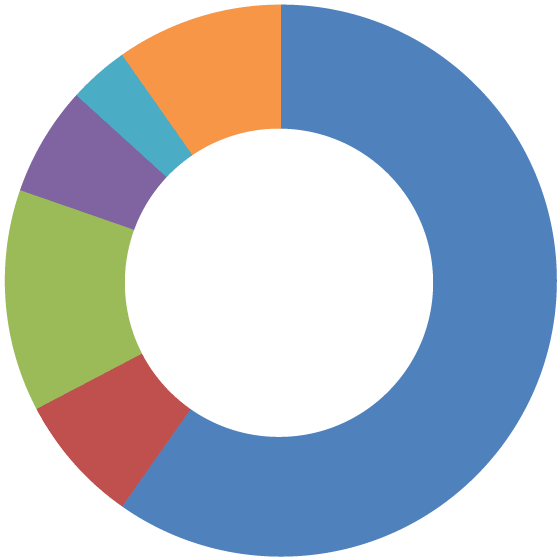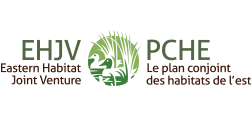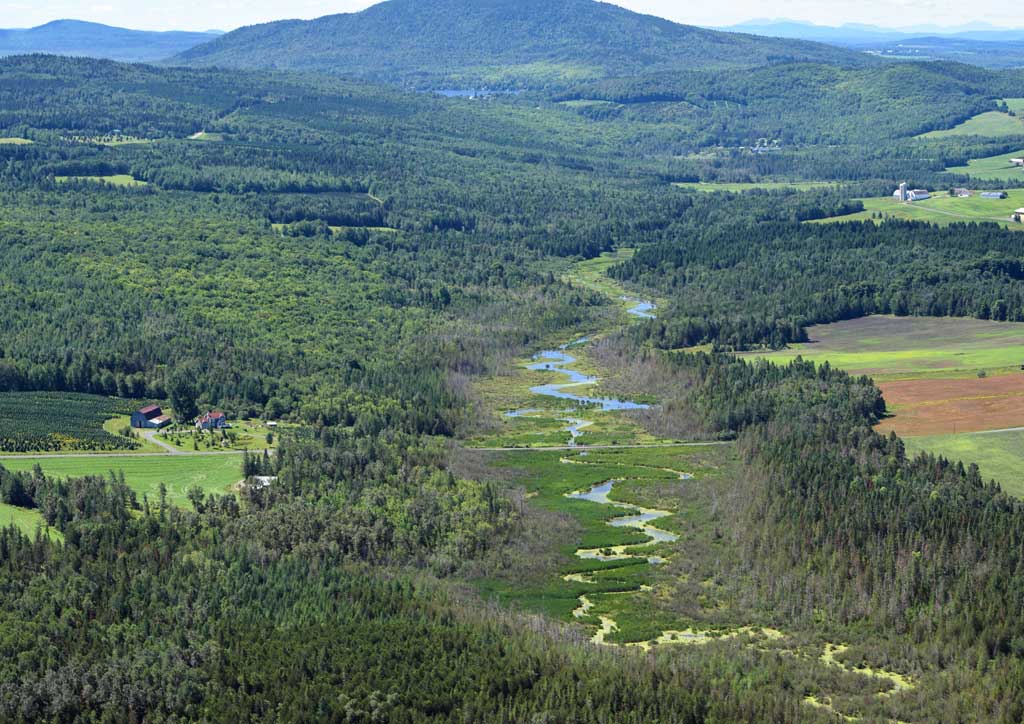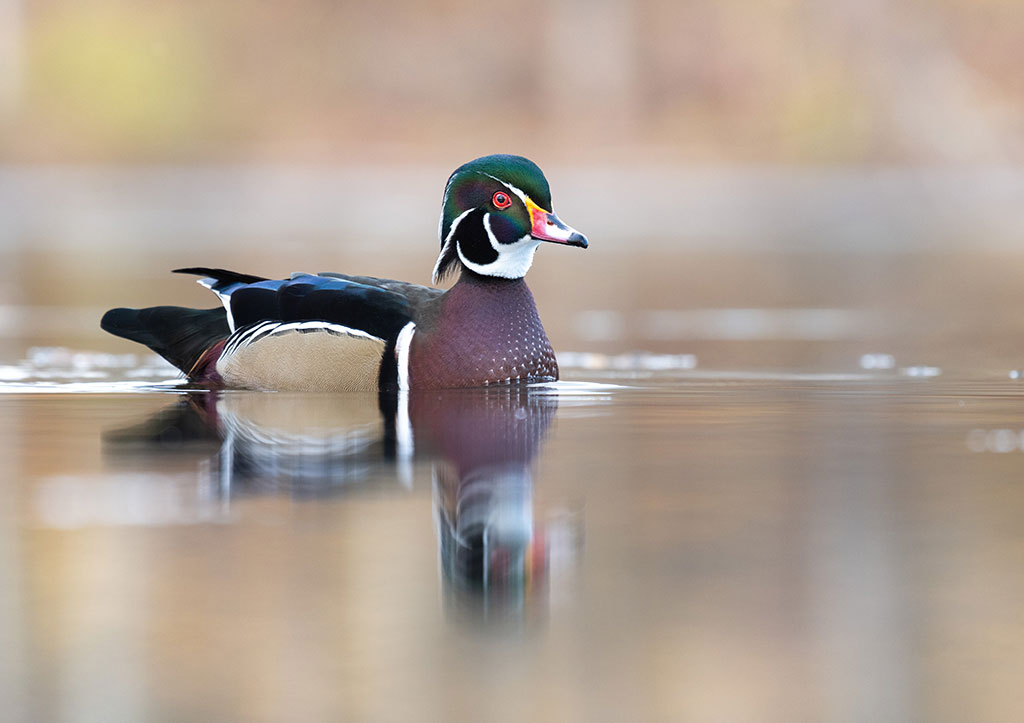Québec
The Québec Eastern Habitat Joint Venture protects and restores wetlands and associated upland habitats throughout the Province that are of greatest significance for North America’s ducks, geese and swans. As threats and pressures on those habitats are distributed unevenly in the Province, the Joint Venture manages its efforts. For example, Joint Venture partners focus their tools and expertise in a sector that is delineated by the areas covered by the Bird Conservation Regions 12 and 13 and along the St. Lawrence River towards the east, where human population and land use are the densest. Elsewhere in the Province, Joint Venture partners use tools and expertise in response to land tenure and human activities. The Joint Venture program is coordinated in Québec through the Ministère de l’Environnement, de la Lutte contre les changements climatiques, de la Faune et des Parcs du Québec.
QC-EHJV Expenditures
January 1, 1986 – March 31, 2020

■ Stewardship/Influenced – 8%
■ Habitat Restoration (Enhanced) – 13%
■ Management – 6%
■ Habitat JV Science – 3%
■ Other Activities – 10%
Other activities include policy work, communications, education and conservation planning.
Québec Accomplishments
January 1, 1986-March 31, 2020 and January 1, 2015 – March 31, 2020* (current Implementation Plan)
| Habitat Retention |
|
|||||
| Permanent | 48,187 | 10,405 | ||||
| Medium (10-99 yrs) | 240,559 | 238,098 | ||||
| Stewardship/Influenced (< 10 yrs) | 17,062,365 | 1,807,561 | ||||
| Habitat Restoration (Enhancement) | ||||||
| Upland | 30,669 | 20,913 | ||||
| Wetland | 10,002 | 1,289 | ||||
| TOTAL** | 17,350,333 | 2,066,469 | ||||
* Activities from January 1, 1986-December 31, 1988 were completed as first step projects prior to the official formation of the EHJV
** Habitat hectares retained, restored and managed are not additive. Hectares are first secured, may then be enhanced and are subsequently placed under management.
Project Highlights
Detailed Wetland Mapping
To conserve wetlands, the first information needed is the knowledge of where these high-priority habitats are located within the Province. Over the last two decades, Ducks Unlimited Canada, in collaboration with other Joint Venture partners, have set out to map the Province’s southern wetlands. Together, they have undertaken to identify and develop detailed maps of all wetlands greater than 0.5 hectares in the inhabited regions of Southern Québec. Each wetland is precisely delineated, classified and examined to identify any anthropogenic disturbance. The objective is to provide a precise data source so that land-use planners can make informed decisions. Detailed maps and databases are available on the Données Québec open data portal. Since 2017, these geomatic tools have become increasingly useful because according to the Act, the conservation of wetlands and bodies of water requires all county municipalities to adopt a regional wetlands and water bodies plan by June 16, 2022.
Conservation of the Lake Saint-Pierre region
Lake Saint-Pierre is a biodiversity hotspot with the province’s largest floodplain. Joint Venture partners have been involved for more than three decades in habitat protection, restoration and enhancement in this high-priority area of vital importance to waterfowl at the continental scale. Despite these efforts, the lake’s condition has deteriorated because of a change in agriculture practices near and around the lake, and from water quality deterioration originating from the watershed. In 2016, Joint Venture partners agreed to restore and protect 800 hectares of prime habitat for waterfowl and yellow perch over an initial five-year period (2017-2022). Subsequently, federal and provincial governments developed financial programs to aid farm conversions and to help restore the lake’s water quality. It is a story to unfold as conservation actions continue to be undertaken for the good of humans and wildlife.
For more information, see The Eastern Habitat Joint Venture is celebrating its 30th Anniversary! 1989-2019 Summary – Québec
Contact
Catherine Poussart, Biologist
Directorate of Threatened or Vulnerable Wildlife Species
Ministère de l’Environnement, de la Lutte contre les changements climatiques, de la Faune et des Parcs
catherine.poussart@environnement.gouv.qc.ca



